Violet Evergarden stands out because her story blends military realism with the craft of letter-writing in a way that feels grounded and practical. She isn’t just a symbol of “growth”—she’s a former soldier learning civilian life by mastering concrete skills, traveling for real clients, and using those jobs to understand words she was never taught as a child. If you know her only from the title, you’ll find that the details of her work and background are what make her compelling.
Across ‘Violet Evergarden’ and its follow-ups—‘Violet Evergarden: Eternity and the Auto Memory Doll’ and ‘Violet Evergarden: The Movie’—you see her apply techniques, procedures, and etiquette that are consistent from episode to episode: everything from how she sets up a typewriter to how she conducts client interviews. Those specifics are where Violet really lives, so this list focuses on the concrete things that define her.
Former child soldier with disciplined field training
 Kyoto Animation
Kyoto AnimationViolet starts as an orphaned child soldier attached to the Leidenschaftlich Army, operating under Major Gilbert Bougainvillea. Her training covered infantry tactics, knife and rifle use, reconnaissance, and mission discipline, which explains her precise posture, clipped communication, and ability to execute orders under stress. On the battlefield, she functioned as an asset assigned to small units, providing decisive close-quarters capability.
That background matters after the war because it shapes how she approaches civilian tasks. When she becomes an Auto Memory Doll, she repurposes military habits—briefing, debriefing, mission objectives—into client intake, drafting, and revisions. Her punctuality, uniform neatness, and route planning are all traceable to that early regimen.
Advanced prosthetic arms and how she adapts to them
 Kyoto Animation
Kyoto AnimationFollowing severe injuries sustained near the end of the war, Violet receives metal prosthetic forearms and hands with articulated fingers. These prosthetics allow fine motor control sufficient for touch-typing, page turning, envelope sealing, and handling delicate stationery, but they also require maintenance and careful pressure control to avoid damaging paper, typebars, or keys.
The series shows her compensating through practice and calibration. She adjusts her keystroke force, learns to modulate grip for fountain pens and wax seals, and uses deliberate finger placement to handle ribbons and carbons without smudging. This adaptation is part of her daily routine, not a one-off miracle, and it’s why she can perform professional writing tasks reliably.
The Auto Memory Doll profession—what the job actually entails
 Kyoto Animation
Kyoto AnimationAn Auto Memory Doll is a professional ghostwriter who interviews clients, distills intent, and drafts letters that communicate feelings accurately. Violet works through the CH Postal Company, where Dolls take structured requests—love letters, official correspondence, condolence notes—and deliver polished drafts for client approval before mailing.
The workflow is systematic. She schedules interviews, gathers context, identifies tone and register, and selects appropriate forms of address. After drafting, she iterates based on feedback, then finalizes the letter with correct formatting, stationery selection, envelope addressing, and postage—ensuring the message arrives as intended, both linguistically and logistically.
Typewriter mastery and letter-craft technique
 Kyoto Animation
Kyoto AnimationViolet’s primary tool is a portable mechanical typewriter. She maintains ribbon tension, monitors ink saturation, and aligns margins manually to keep documents clean and legible. When clients need bilingual phrasing, regional idioms, or non-standard spacing for poetry and lyrics, she adjusts line breaks and indentation by hand rather than relying on templates.
Her drafting method is repeatable: outline the client’s key points, test phrasing aloud during the session, produce a clean copy, then create a duplicate via carbon paper if records are required. She closes with standard sign-offs matched to the relationship—formal honorifics for nobles and officials, warmer closings for family letters—so the final tone fits the recipient.
Investigative interviewing and empathy built from procedure
 Kyoto Animation
Kyoto AnimationBecause many clients can’t articulate what they want to say, Violet uses structured interviewing. She starts with factual anchors—who, when, where—then probes for scenes, shared memories, or promises that can anchor the letter’s emotional core. When clients contradict themselves, she mirrors language back to them and tests alternates until the client confirms the phrasing.
Her approach was learned, not innate. Early on, she relies on literal transcription, but through repeated assignments she develops a toolkit: open-ended prompts, silent pauses to let clients gather thoughts, and restatement for clarity. This procedure lets her extract meaningful details even from reticent clients like grieving parents or public figures bound by protocol.
Landmark assignments that shaped her capability
 Kyoto Animation
Kyoto AnimationSeveral jobs in ‘Violet Evergarden’ demonstrate how she scales her methods. With the playwright Oscar Webster, she turns fragmentary stage directions into finished prose by reconstructing a missing narrative through guided questions and iterative drafts. For Princess Charlotte’s diplomatic letters, she maintains decorum while carrying personal subtext across official channels without causing offense.
The commission from the Magnolia family shows her long-form planning: she composes multiple letters intended to reach the recipient over years, preserving continuity of voice and sentiment. Each of these assignments pushes a specific skill—literary collaboration, court etiquette, or time-released messaging—and those skills persist in later work.
Logistics, travel, and on-site writing across regions
 Kyoto Animation
Kyoto AnimationViolet doesn’t just write at a desk; she travels to client locations across different countries and cities depicted in ‘Violet Evergarden’. Travel is purposeful: on-site context gathering improves accuracy when local customs, titles, or family structures affect how a message should be phrased and delivered.
While traveling, she coordinates with branch post offices, books passage, secures lodging, and adapts to local postal schedules. She also selects stationery that suits regional expectations—seals, crests, or watermark standards—so recipients immediately recognize legitimacy and intent when they open the envelope.
The emerald brooch and its practical narrative role
 Kyoto Animation
Kyoto AnimationThe emerald brooch Violet treasures was a gift from Major Gilbert; its color matches his eyes. Beyond sentiment, the brooch functions as a constant reminder of the phrase she’s trying to understand, anchoring her motivation and decisions throughout her civilian life. It appears in scenes that mark turning points in her training and assignments.
Because it’s easily recognizable, the brooch also aids continuity and identification when she’s traveling in uniform. Colleagues and clients use it as a visual cue, and its presence in official settings subtly signals her connection to the army and to Hodgins, which can smooth introductions in aristocratic or bureaucratic environments.
Relationship network at CH Postal Company and knowledge exchange
 Kyoto Animation
Kyoto AnimationViolet’s colleagues—Hodgins, Cattleya, Benedict, Erica, and others—provide a framework for skill development and case routing. Cattleya models advanced client rapport and social reading; Erica contributes editorial feedback; Benedict supports field logistics and deliveries that require speed or unusual access.
This network lets Violet take increasingly complex work. For instance, a colleague may pre-screen a client for suitability, flag legal or ceremonial constraints, or pair Violet with contacts who can authorize access to venues like embassies or theaters. The result is a workflow where she can focus on interviewing and drafting while the team handles complementary tasks.
From literal understanding to precise emotional language
 Kyoto Animation
Kyoto AnimationA core throughline of ‘Violet Evergarden’ is Violet’s pursuit of the meaning behind “I love you,” a phrase she first heard from Major Gilbert. Early letters reveal a literal, utilitarian style; later work shows precise emotional calibration that still retains clarity. She learns to encode affection, apology, gratitude, and farewell in forms that match the sender’s voice and the recipient’s expectations.
This growth is documented in her deliverables. Letters that once read as reports evolve into messages with structured metaphors, shared memory triggers, and balanced rhythm. Clients respond not just with relief but with concrete outcomes—reconciliations, successful negotiations, or dignified goodbyes—showing that her applied language has practical effect in the world.
Share your favorite Violet moments and the specific letters or assignments that resonated with you most in the comments!

.jpeg)

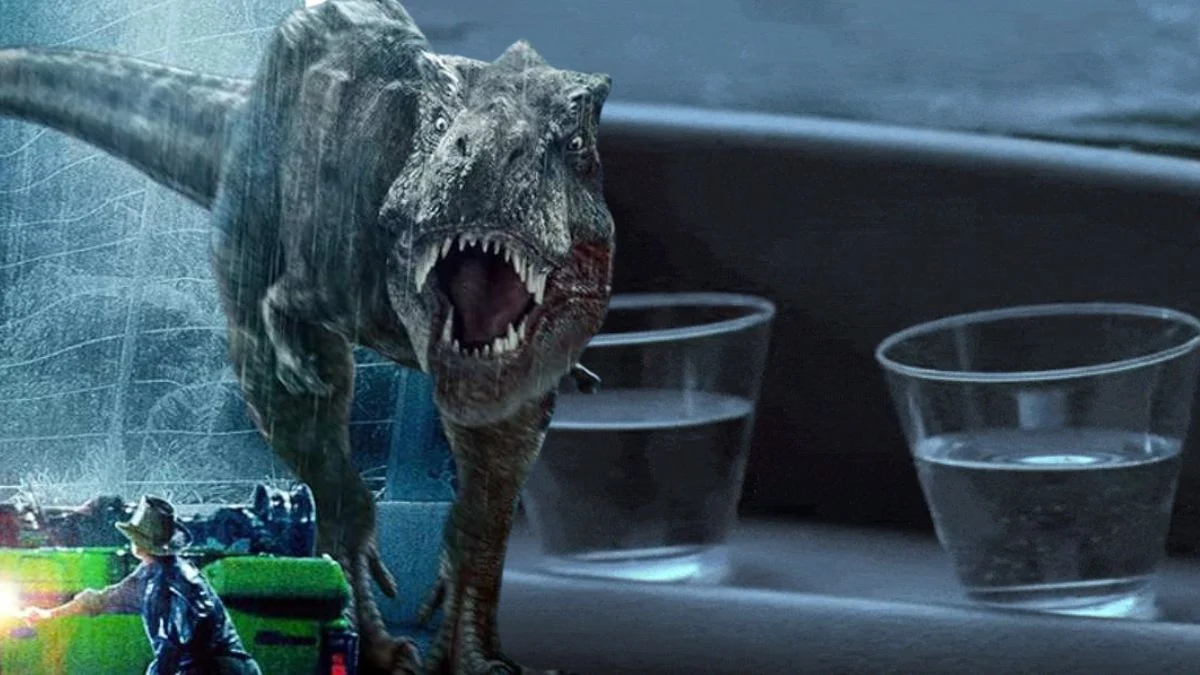
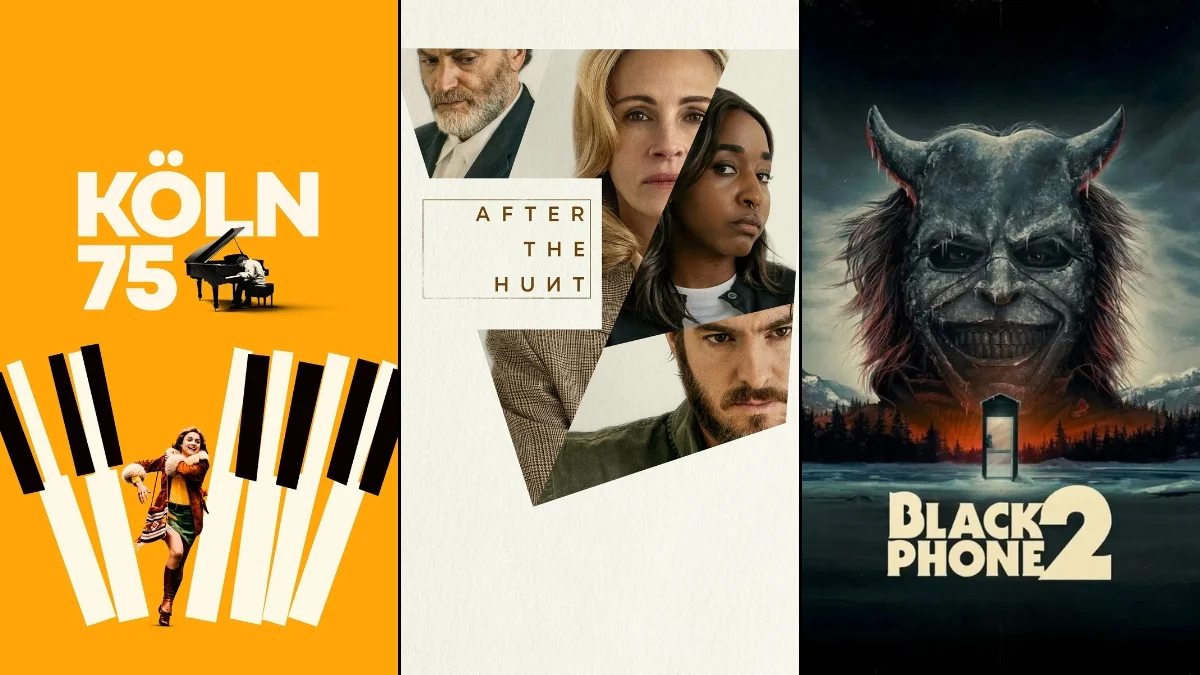
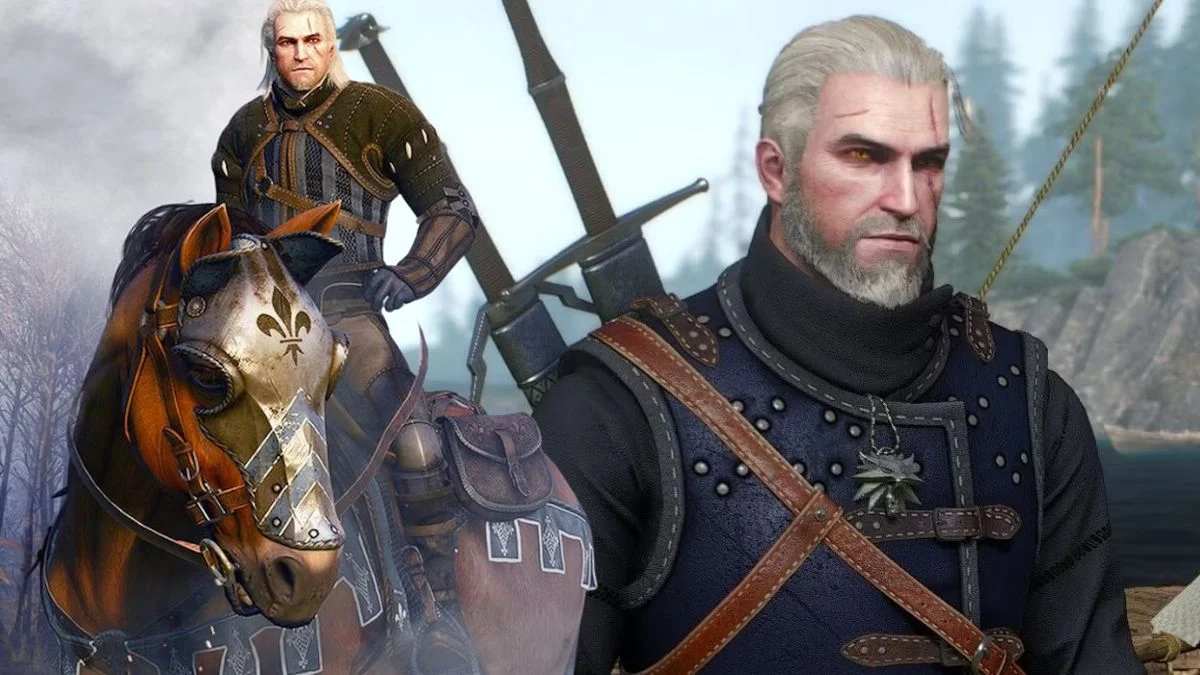
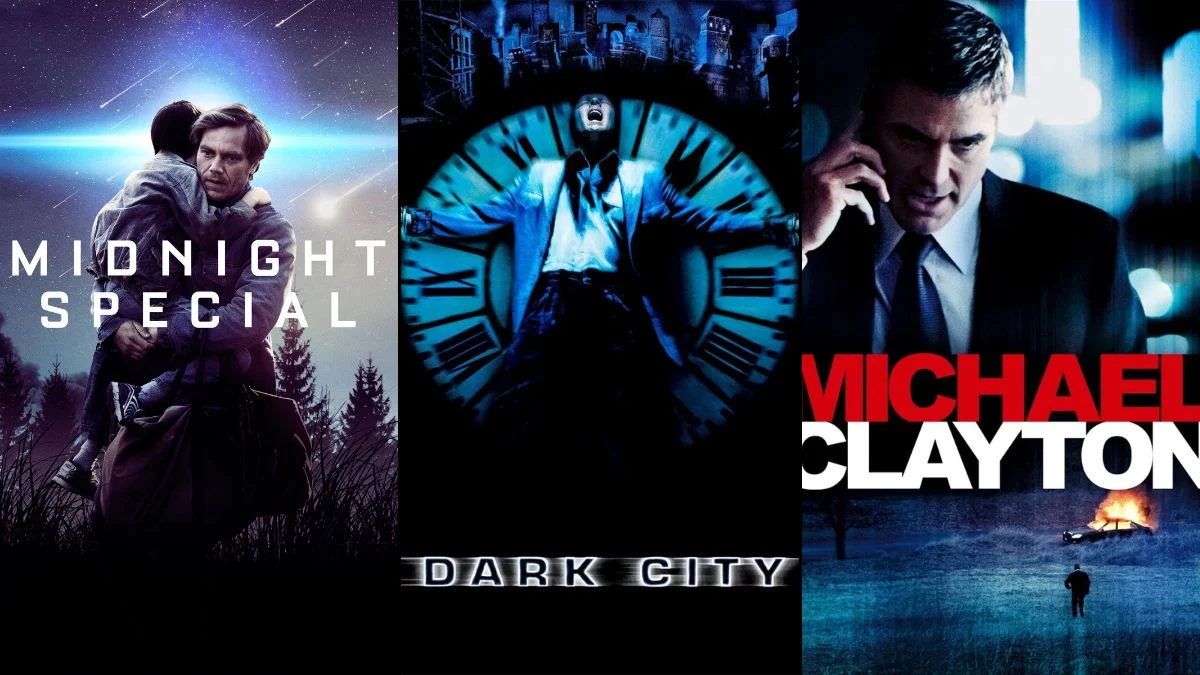
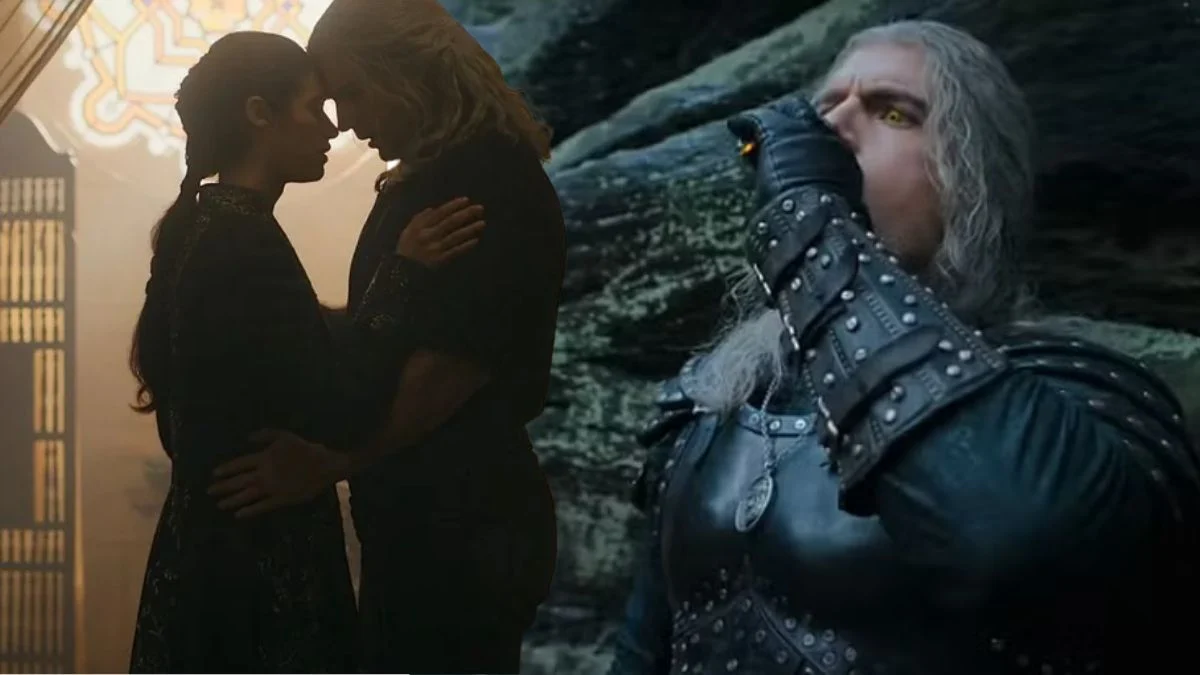
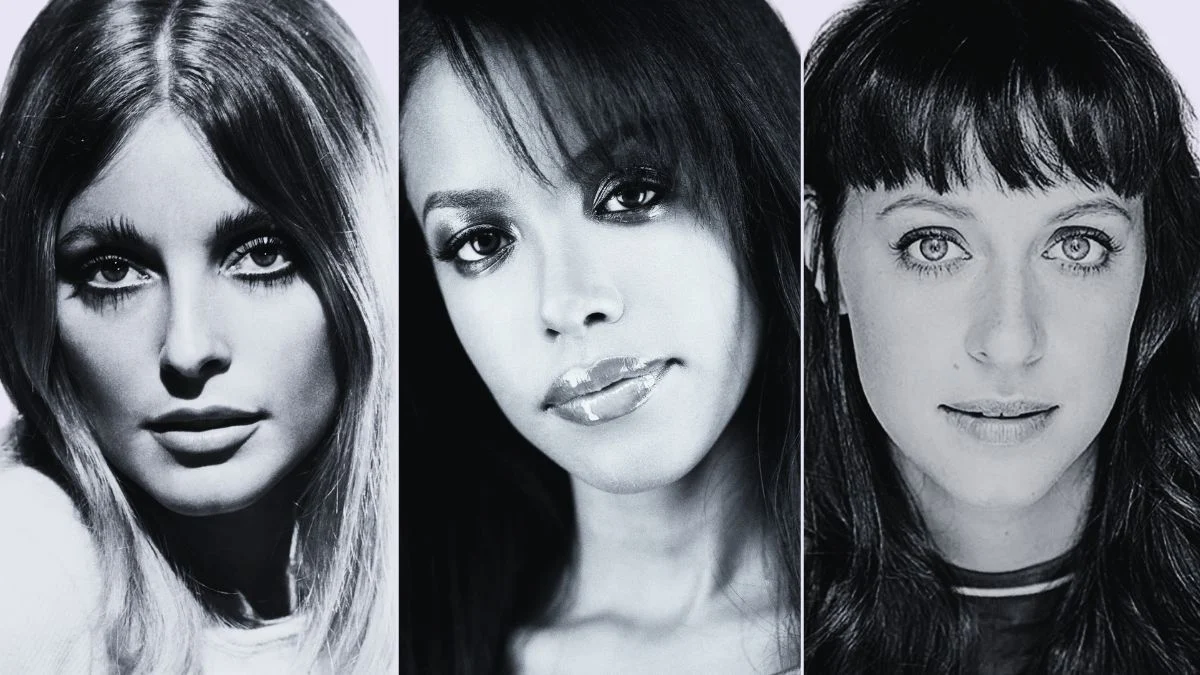

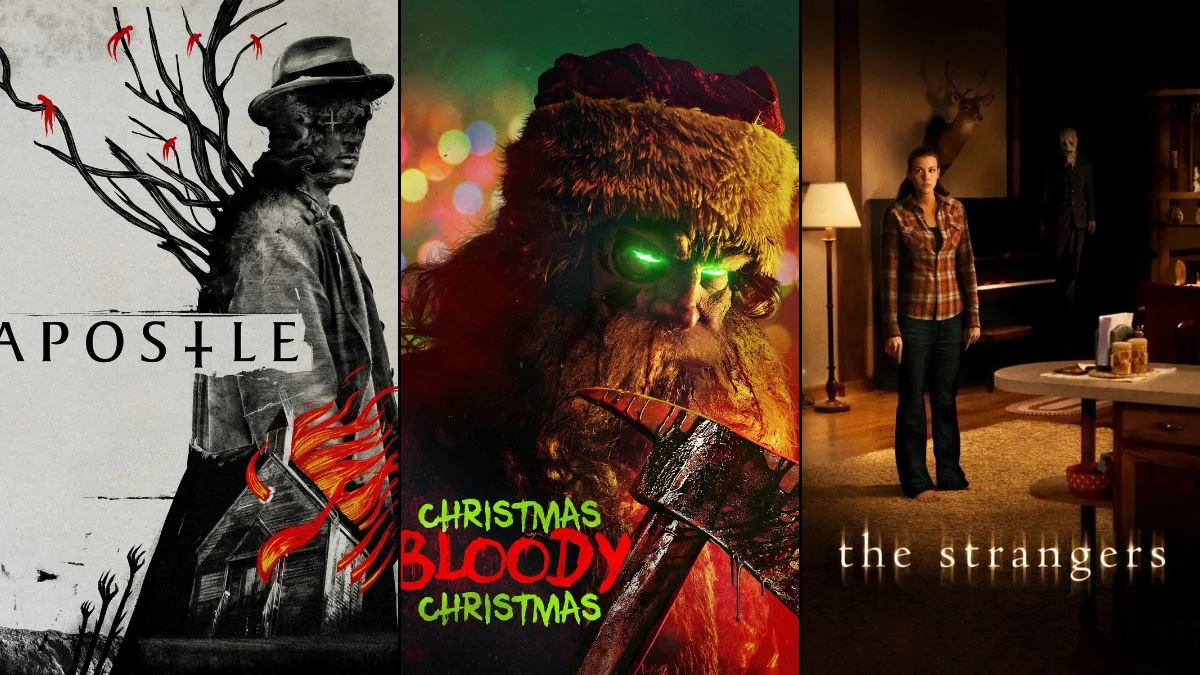
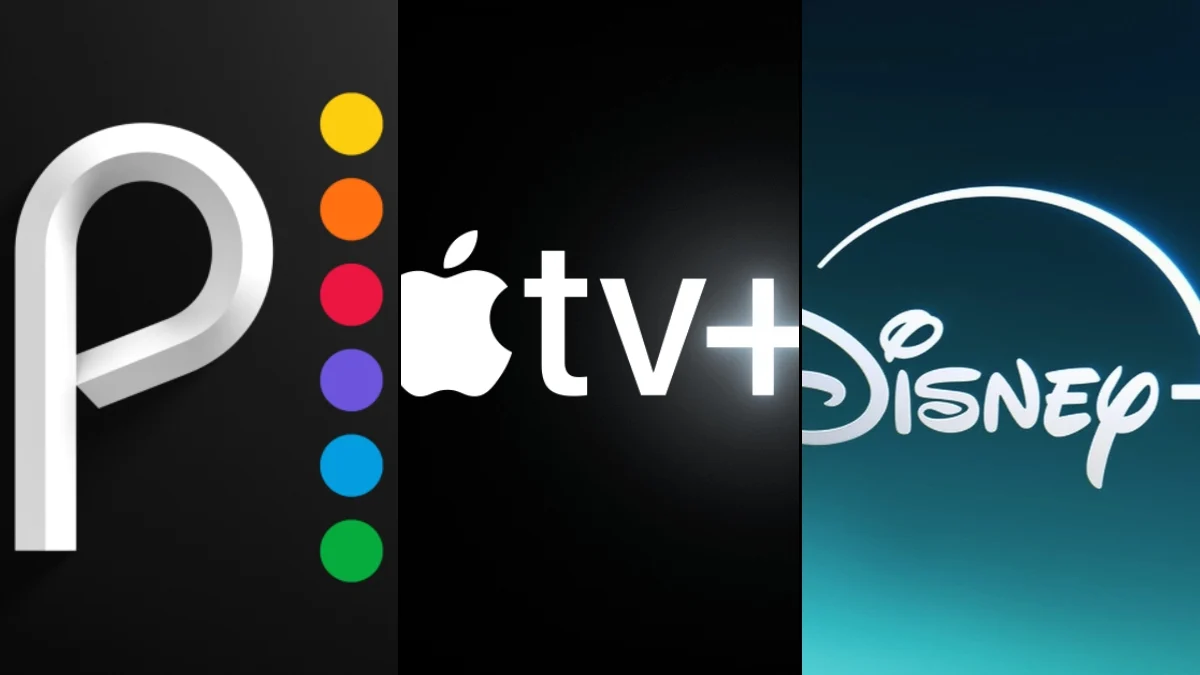
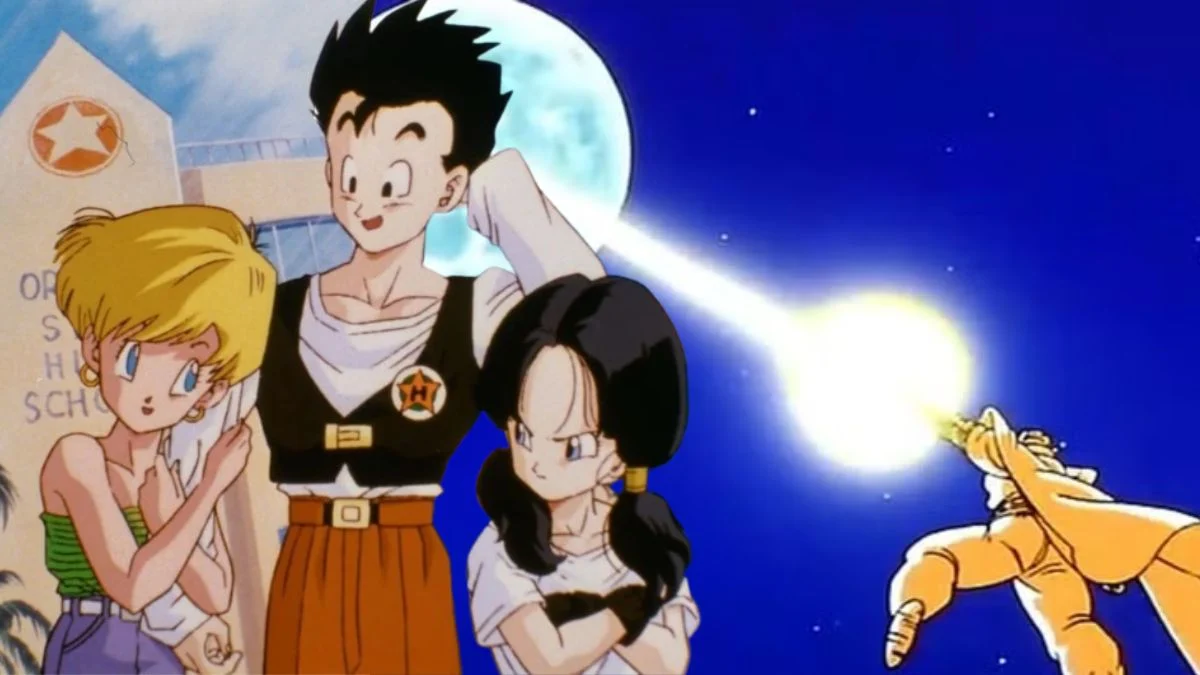

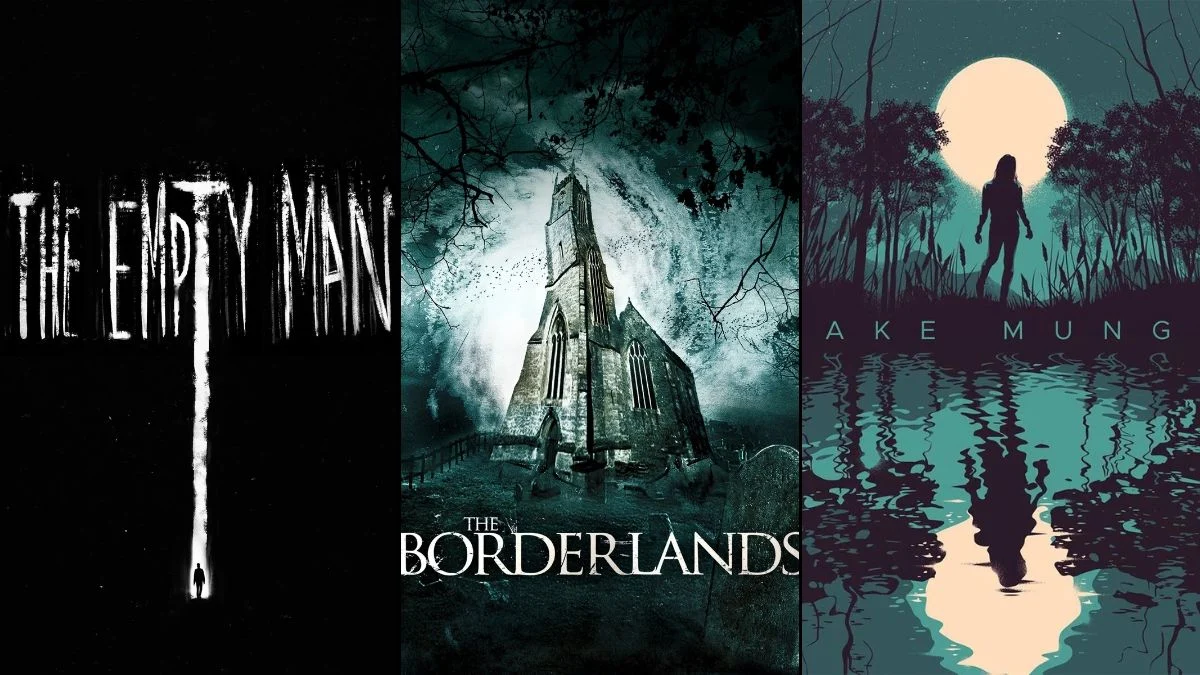
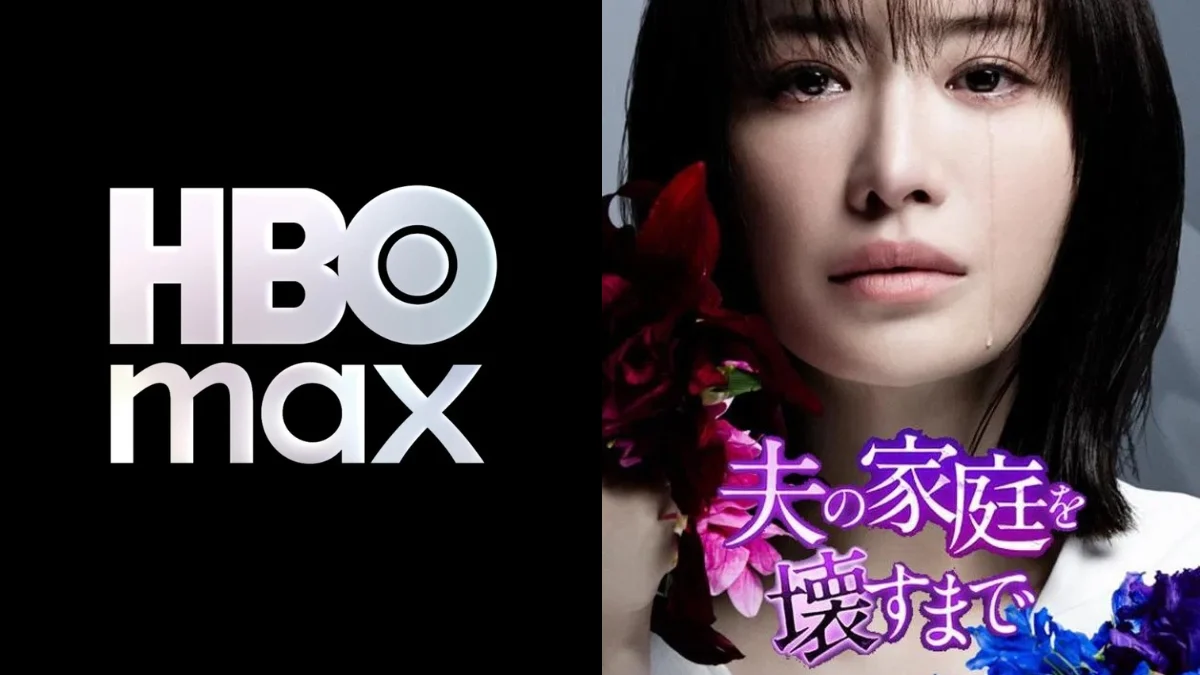
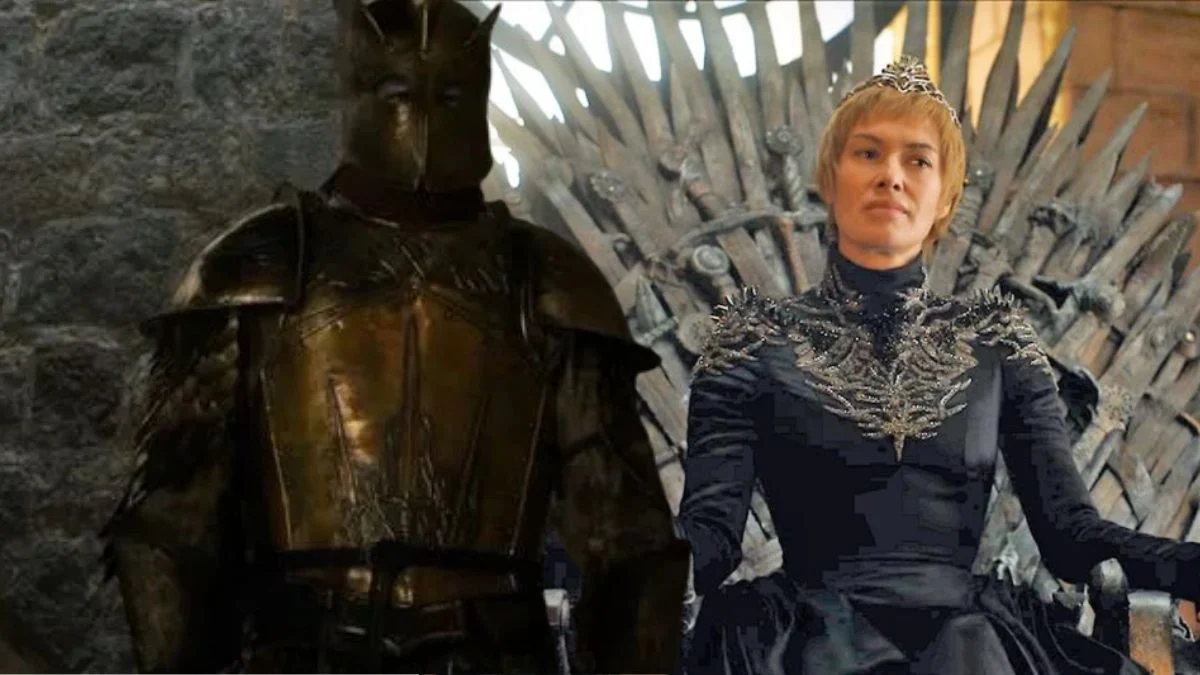
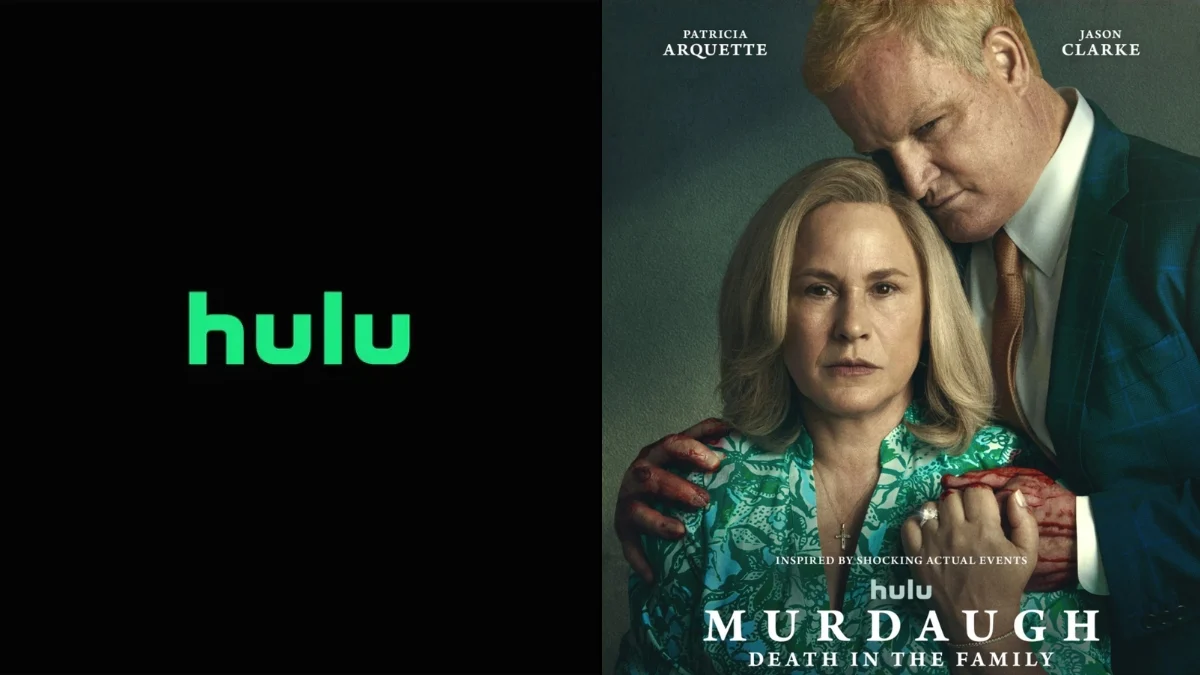
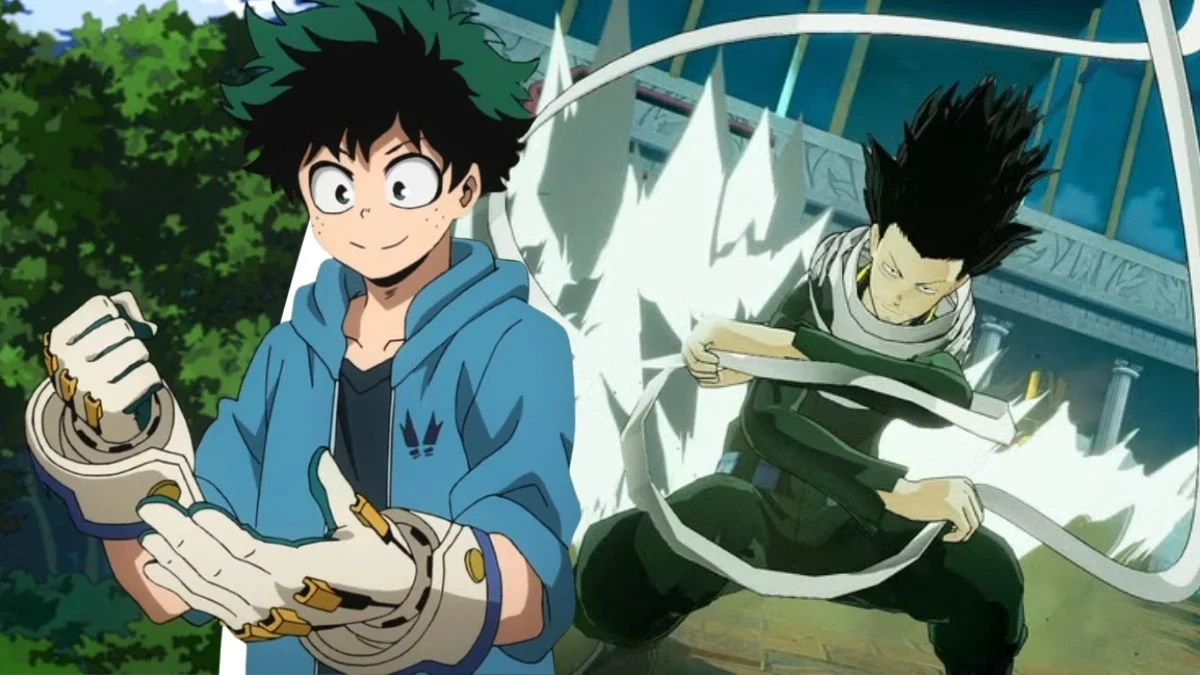
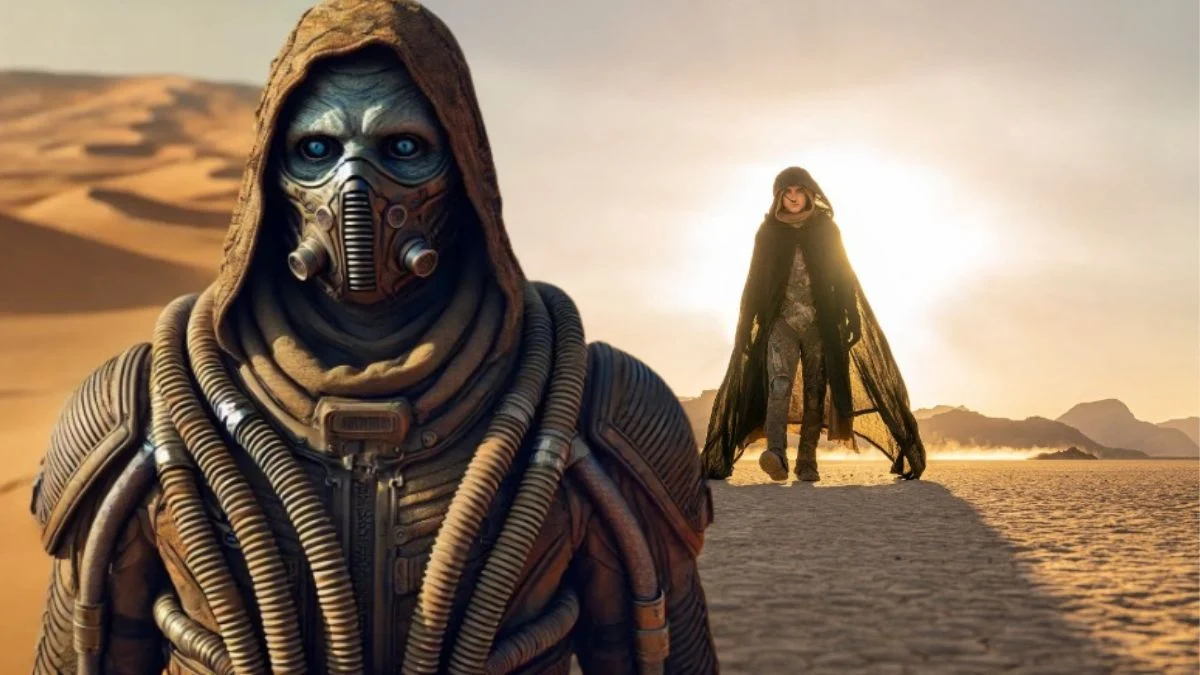
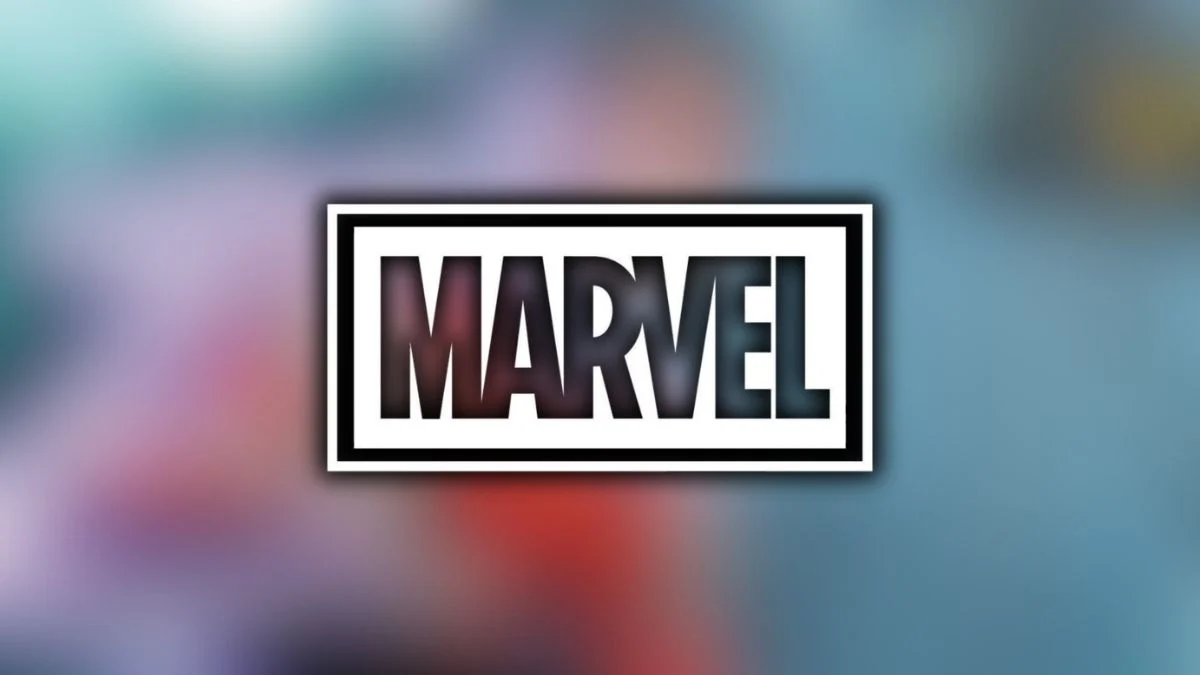
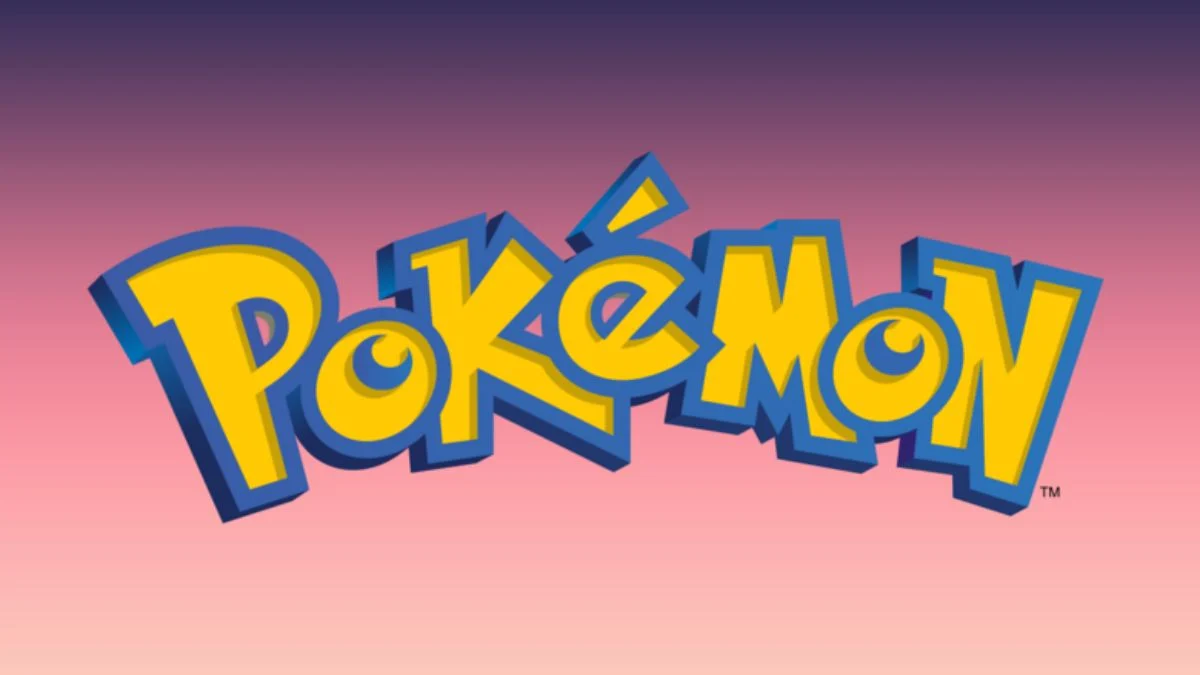




.jpeg)












 English (US) ·
English (US) ·